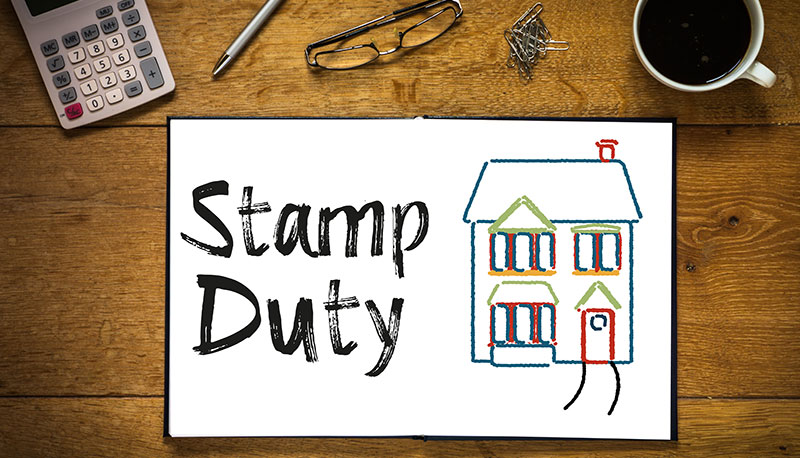You must pay Stamp Duty Land Tax (SDLT) if you buy land or property over a certain price in England and Northern Ireland.

Stamp Duty Land Tax (SDLT) has become increasingly more complex in recent years, especially following temporary changes during the COVID-19 pandemic and as the Government tightens legislation on the purchase of second properties. So, to understand how it might apply to you when purchasing a property, you’ll need to work with experts in this area of tax.
- £125,000 for residential properties
- £150,000 for non-residential land and properties
How much SDLT you pay depends on whether the land or property is residential or non-residential. Definitions for residential property are not as clear cut as might be expected, and with more favourable rates in most scenarios being for non-residential, specialist advice should be taken to determine whether a property is residential or not.
Purchasing a second residential property
Individuals purchasing a second residential property must pay an additional 3 per cent surcharge on top of the usual SDLT rates. There are complex rules regarding joint ownership and care must be taken in determining whether this surcharge applies or not.
Purchasing a property for business premises
You may purchase a property, intending for it to be used as your business premises. Business premises will generally be considered as non-residential for the purposes of SDLT; however, it is worth noting that if a business purchases a property that previously had a residential use and it costs more than £500,000, HMRC has the ability to charge a 15% rate of SDLT.
Purchasing an uninhabitable property
In 2019, a landmark case saw clarification on the SDLT policy for uninhabitable properties, establishing that in such cases, the property is non-residential for the purposes of SDLT. This can have significant implications on the amount of SDLT payable, specifically in cases where the residential 3 per cent surcharge has been paid.
Champion can support clients throughout the SDLT process, whether that be through forward planning prior to a transaction or in assessing and recovering overpaid SDLT following a transaction.


